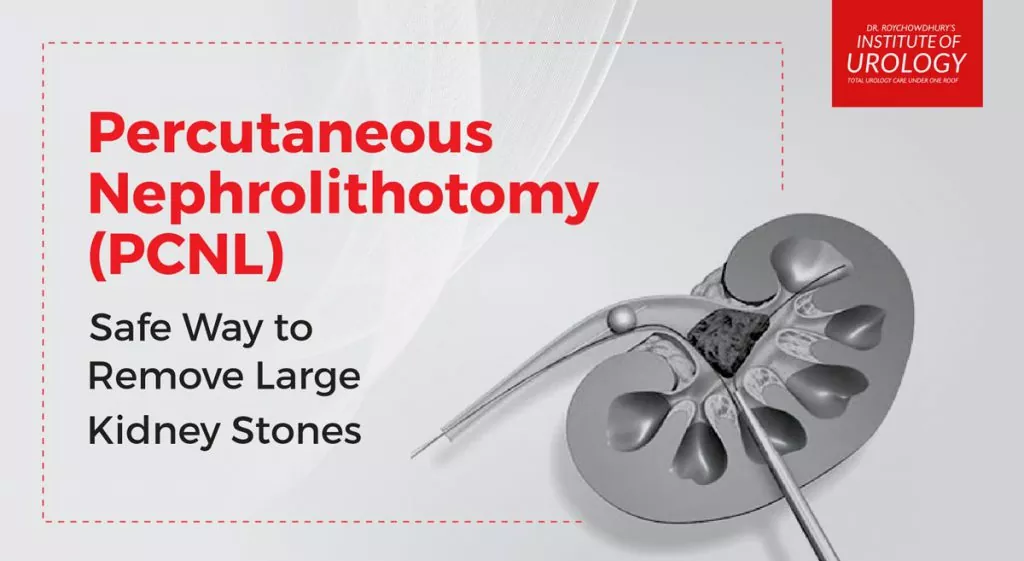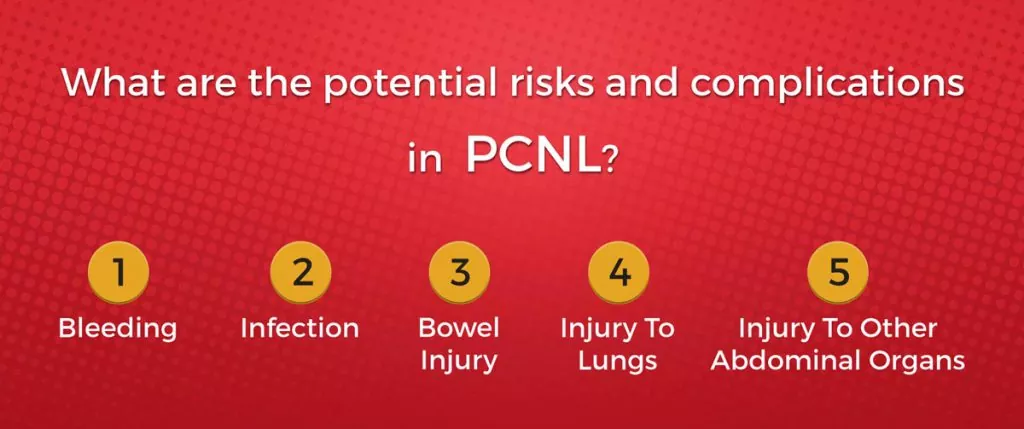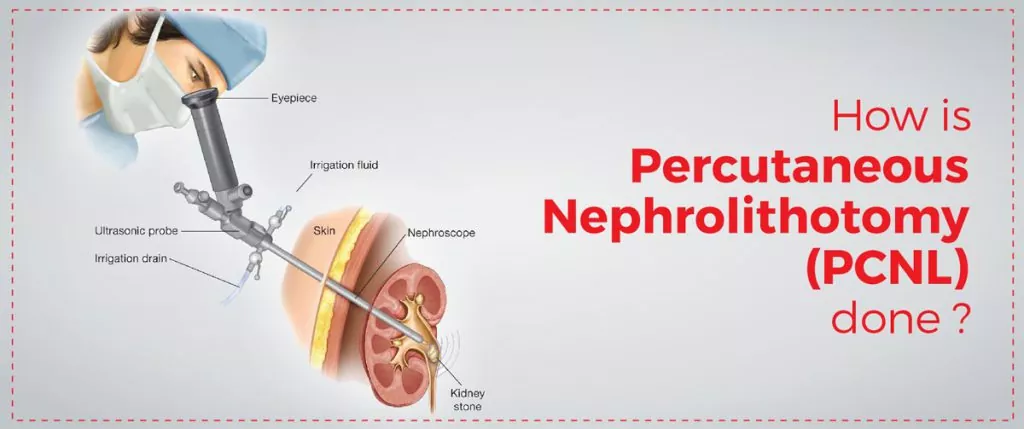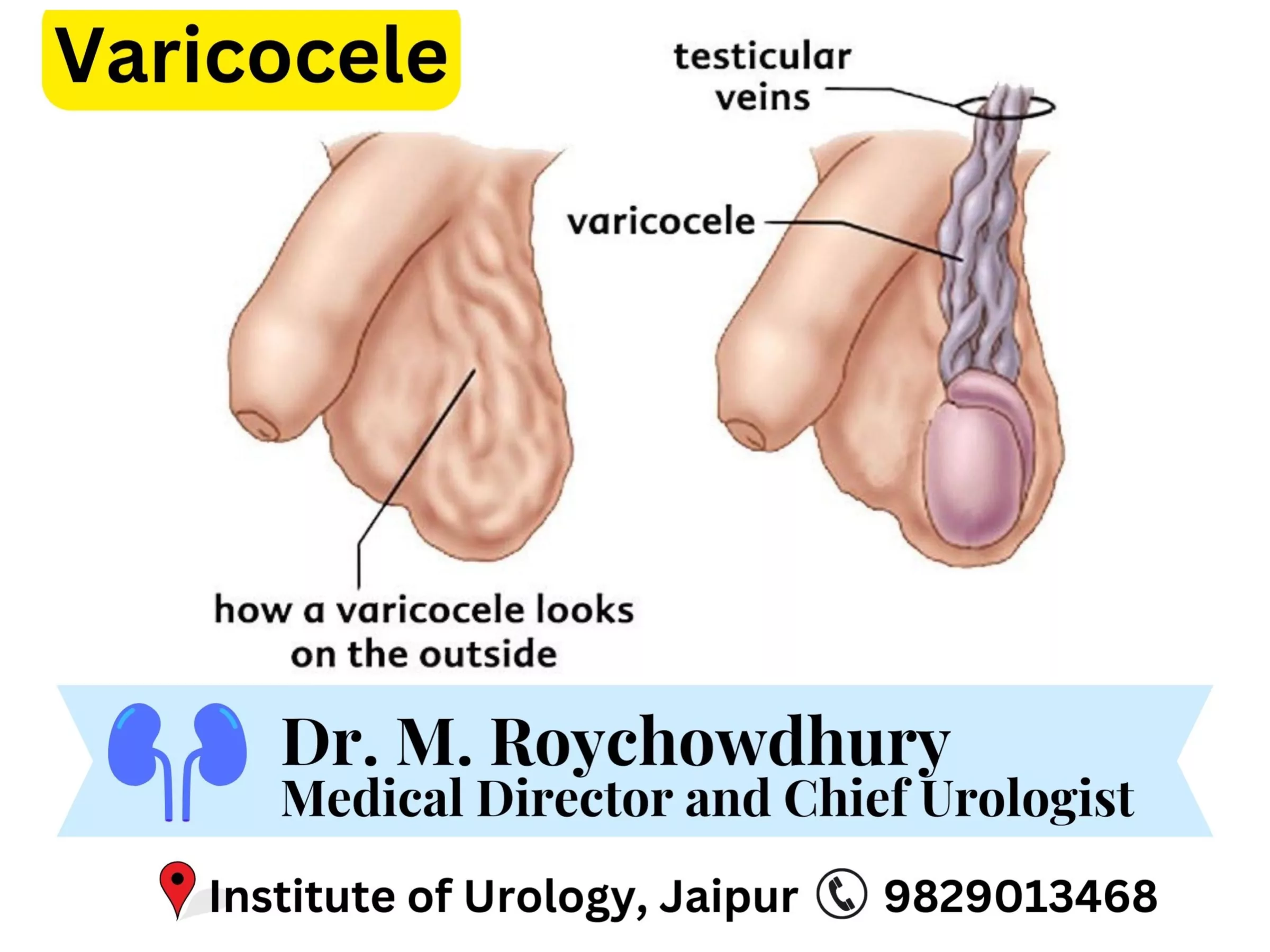What is the procedure all about?
PCNL is the technique to remove large kidney stones (around 2 cm) through a keyhole surgery. It removes stones that cause problems like kidney damage, pain in urine drainage or recurrent urinary infections.

What are the advantages of PCNL?
This procedure allows complicated stones to be removed through a minimal operation and the recovery time is much shorter than other traditional methods. Moreover, improved techniques and equipment make this surgery safer.
How is it done?
After giving general anaesthesia, the patient is made to lie face down on the abdomen. A small hollow tube is placed inside the kidney through catheter or drainage tube. The tube is instilled with x-ray dye or carbon dioxide which helps surgeon to map the affected kidney. After the surgeon precisely locates the stone, a small needle is inserted under x-ray vision to puncture the kidney. A wire is inserted through the tract and dilated about 1 cm to allow a telescope to pass inside the kidney.
Once the stone is visualized, the surgeon use high frequency sound waves to break the stone into fragments which are then removed. After operation, a tube is left in the kidney to ensure easy urinary drainage.
Does it damage kidney?
Since this is an invasive surgery, the procedure creates a hole in the kidney which leaves a tiny scar of about 1 millimeter at the place where puncture was made. However, these small changes do not have long term effects and the patient can carry normal lifestyle in his daily routine.
What are the potential risks and complications?
Generally, PCNL may have complications due to anaesthsia, or due to the large size of stone. Breaking the stone into small removable pieces increase the chance of kidney damage. However, all complications can be monitored and treated promptly if they occur.

chance of kidney damage
1. Bleeding – Blood loss during PCNL is negligible for the most cases, and risk of blood transfusion ranges from 2-12%, depending upon stone size and number of tracts dilated.
2. Infection – Since a few stones have bacteria trapped inside them, antibiotics are given routinely to counteract infection after the operation. Severe infection occurs in 0.25% cases but they can be prevented by maintaining good hygiene.
3. Bowel injury – There are chances of harming the bowel during the needle puncture in operation. However, this is rare and happens in less than 1% of cases.
4. Injury to Lungs – Sometimes the needle puncture may affect the lung but a small chest tube is placed temporarily to drain air and fluid from around the lung.
5. Injury to other abdominal organs
How Successful is PCNL?

Percutaneous Nephrolithotomy is a very effective procedure with lower risks of complications. One advantage of this technique is that it ensures that most patients leave the hospital stone-free. It treats and removes large kidney stones (generally > 2 cm) in a single setting as compared to the need for multiple surgeries.
removes large kidney stones
How long does it take?
The operation usually takes 60-90 minutes but it does not involve the time when patient was put to anaesthesia. Overall, the complete procedure approximately lasts for 2 to 3 hours.
How long will the patient be in hospital?
A short (2 or 3 days) hospitalization is required.







